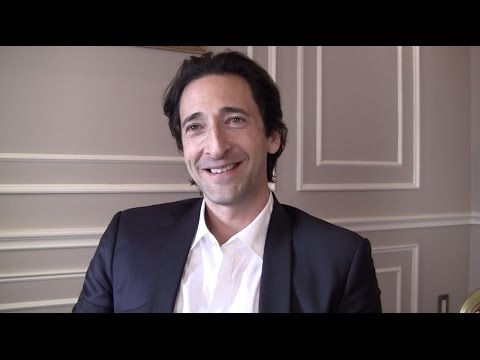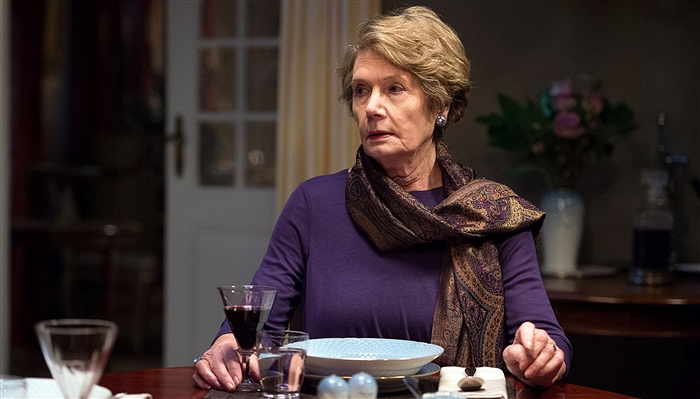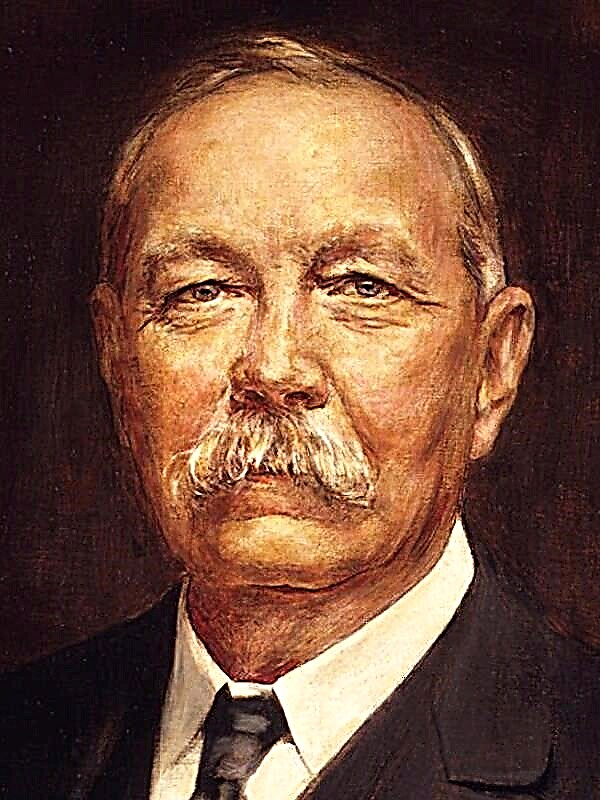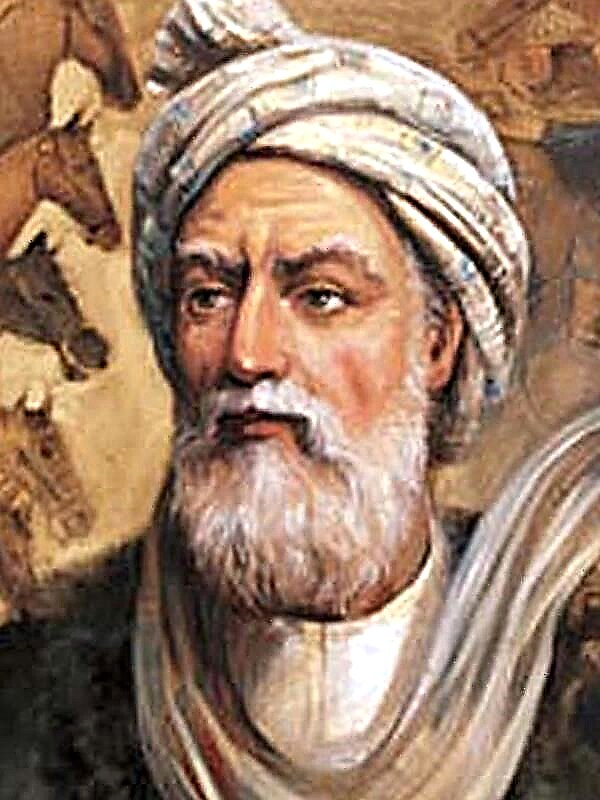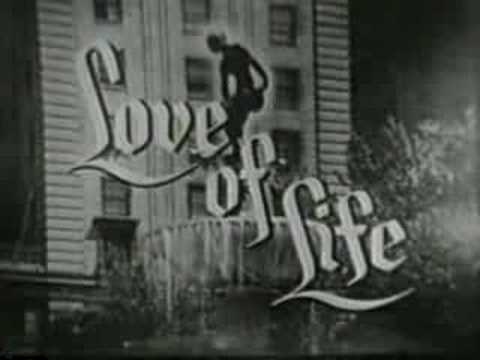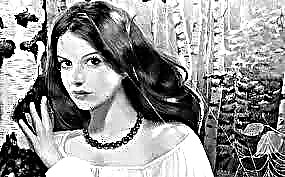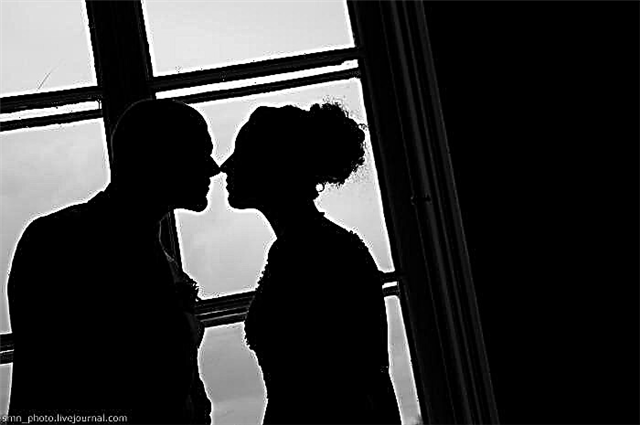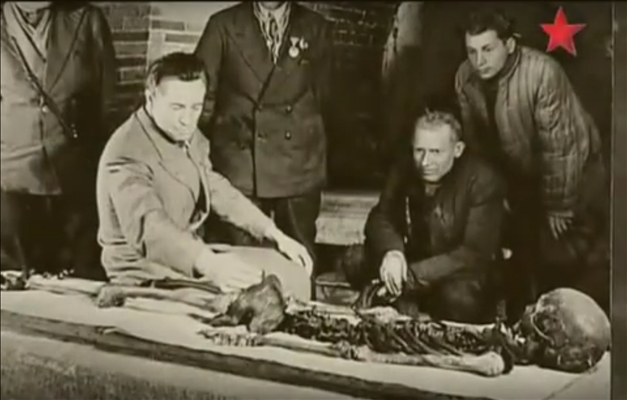Art. He surrounds us everywhere: in architecture, in nature, in books, and even in ourselves. It so happened historically that at all times people were looking for creative activities in which they could express the impulses of their souls. Creators have always been considered “special people”, capable of creating something unique. Therefore, art is an integral part of our lives and a rather discussed topic in literature. Perhaps, one of the best novels of this subject is rightfully considered to be "Portrait of Dorian Gray."
- What does art carry? The desire of people to strive for beauty spawned aesthetism in the 19th century - a direction in art that exalts aesthetic values. This movement has affected all areas of creativity, including literature. As part of this philosophy, Oscar Wilde's novel Portrait of Dorian Gray was written. The main and obvious creation of art, as the name implies, is a portrait of the main character. This picture is an embodiment of human values. Undoubtedly, any work of art is a reflection of the values of the author who created it. However, O. Wilde lays much more sense in this. In his opinion, any creation lives and becomes attached to its owner - first the creator, and later the owner of the work. This happened in the novel. The picture became a reflection of all the vices of Dorian Gray, who were hiding behind a beautiful appearance. She reflected every misconduct of the hero and rotted with his soul. Dorian could not accept this version of himself, he literally attacked the portrait, thereby killing himself. Art is not always intended to bring only pleasure; it contains much more inner meaning than we are used to seeing.
- Aesthetic values of man. Aesthetics in every action, in every manifestation - many people live with this principle. But who are they - lovers of beauty or haters of reality? To answer this question, let’s talk about one of such representatives of aesthetics - about Lord Henry Watton from O. Wilde’s novel “Portrait of Dorian Gray”. The Lord is a true esthete who receives pleasure and inspiration from beauty and everything connected with it. He is so preoccupied with aesthetics that even his environment is formed according to the principle of beauty. He himself says: “I very carefully distinguish between people. I choose only beautiful friends, friends - only meek ones, enemies - only smart ones. He literally lives in art and tries to “infect” those around him. For example, Dorian Gray, who, incidentally, fascinated him with his external beauty. As a subtle psychologist, Henry suggested to Dorian the idea of the transience of beauty, with which the latter could not reconcile. This is Henry’s vice - he is only susceptible to external manifestations of beauty, not noticing internal ones. As a true hedonist, he lives on the principle of pleasure, but does not represent anything else.
- The work of the artist and his assessment in society. Creative professions are not always taken seriously in society. It is paradoxical that people do not perceive creativity as work, but at the same time admire the created works of art. In the novel by O. Wilde "Portrait of Dorian Gray" the central place is occupied precisely with the activity of a representative of culture. “An artist is the one who creates the beautiful” - with these words begins a novel that lays in our souls respect for such masters. The creator needs inspiration; Basil Hallward found him in the beautiful Dorian Gray. The artist was imbued with the image of the main character, his external beauty and static. He put his feelings, his vision of beauty and his values into his portrait. Which, incidentally, were reflected in the souls of others and delighted Dorian himself and his friend Lord Henry. The painting, which has become a work of art, has absorbed part of the soul of its creator and, thanks to this, has become in some sense “living”. The artist’s work in this work is presented as magic that can sink into their souls and influence their destinies. Can the creators of art be underestimated after that?

